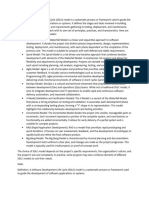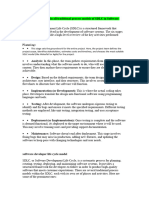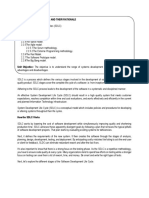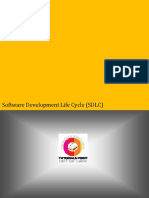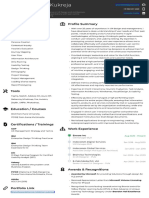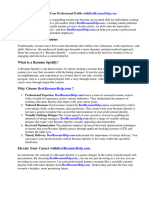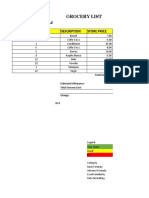0% found this document useful (0 votes)
10 views6 pagesUnderstanding The Software Development Life Cycle
The Software Development Life Cycle (SDLC) is a structured process that guides software development from conception to deployment, ensuring quality and compliance. It consists of key phases including planning, requirements analysis, design, development, testing, deployment, and maintenance, with various models like Waterfall, Agile, and DevOps catering to different project needs. Best practices and tools are essential for effective SDLC implementation, particularly in regulated industries where compliance is critical.
Uploaded by
AmitCopyright
© © All Rights Reserved
We take content rights seriously. If you suspect this is your content, claim it here.
Available Formats
Download as DOCX, PDF, TXT or read online on Scribd
0% found this document useful (0 votes)
10 views6 pagesUnderstanding The Software Development Life Cycle
The Software Development Life Cycle (SDLC) is a structured process that guides software development from conception to deployment, ensuring quality and compliance. It consists of key phases including planning, requirements analysis, design, development, testing, deployment, and maintenance, with various models like Waterfall, Agile, and DevOps catering to different project needs. Best practices and tools are essential for effective SDLC implementation, particularly in regulated industries where compliance is critical.
Uploaded by
AmitCopyright
© © All Rights Reserved
We take content rights seriously. If you suspect this is your content, claim it here.
Available Formats
Download as DOCX, PDF, TXT or read online on Scribd
/ 6






















